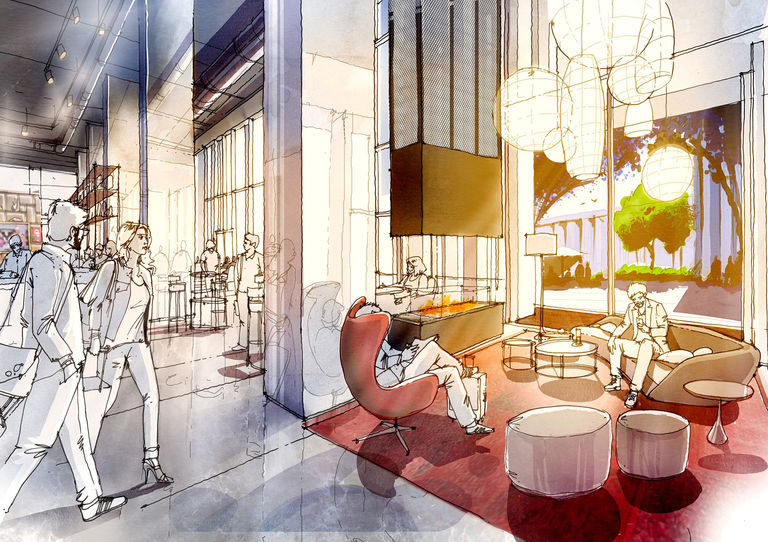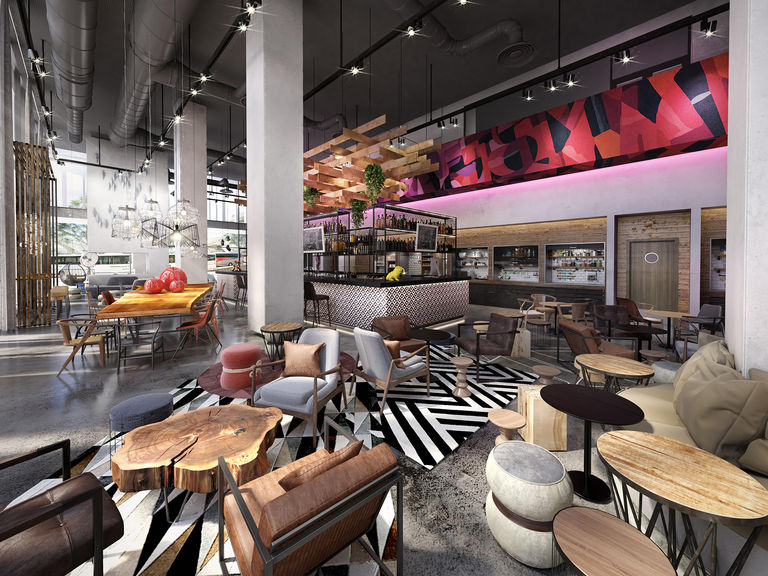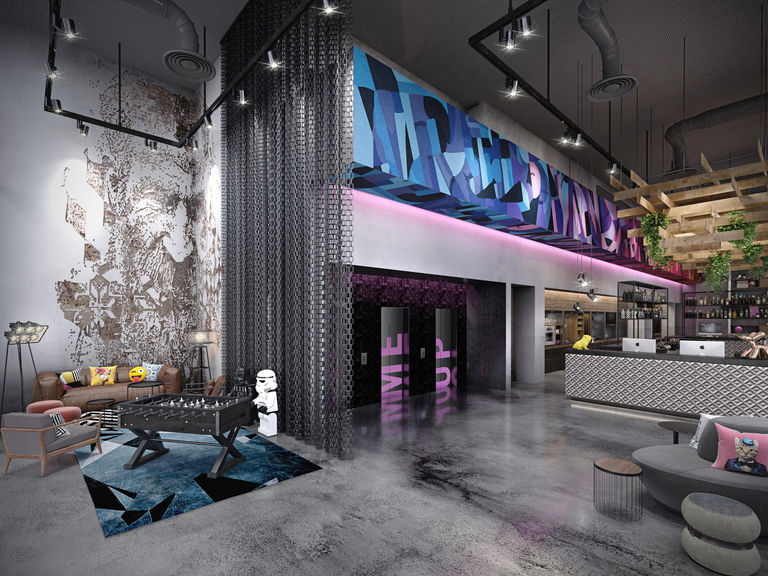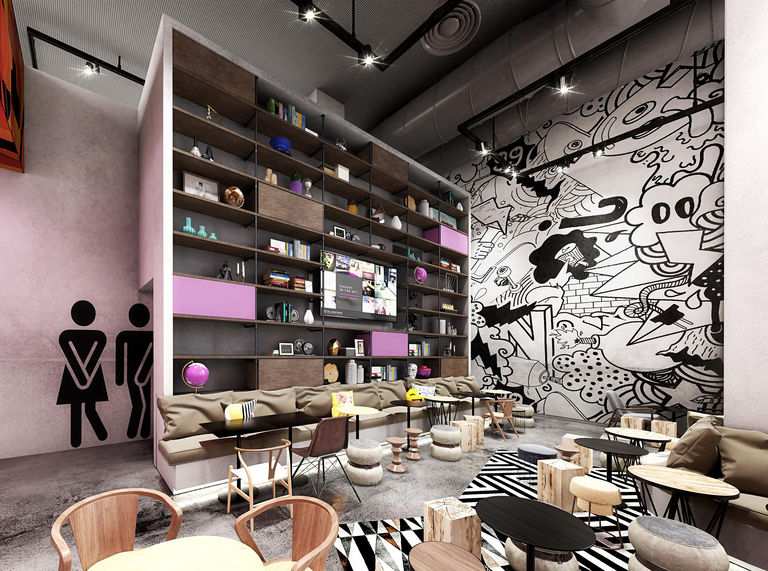While the design of hotel lobbies is being driven by customer expectations, it is also providing a new revenue opportunity for operators in an increasingly competitive sector.
Lobbies are becoming usable spaces for customers who may or may not be staying at the hotel with break out areas for business meetings, conference calls, strategy days, product launches, parties and performances.
They are becoming more integrated with the food and drink offer of the hotel with the introduction of everything from coffee shops to nail bars to galleries, creating an offer that is more quirky and esoteric and giving guests fewer reasons to ever leave the hotel while also becoming an amenity space and place to meet and hang out for the local community. The lobby has become a social meeting place in its own right.
“Ultimately the guest is now looking for an experience,” said Margarida. “The modern traveller is less concerned about their hotel room and as more emphasis is focused on the lobby, so we are seeing rooms become smaller and more functional.
“Instead they are looking for fulfilment through being able to work remotely, meet new people, explore new places and immerse themselves in different cultures. Our job as designers is to facilitate these new lifestyle trends while creating that sense of excitement and anticipation that every guest should feel when they walk into a hotel lobby.”



